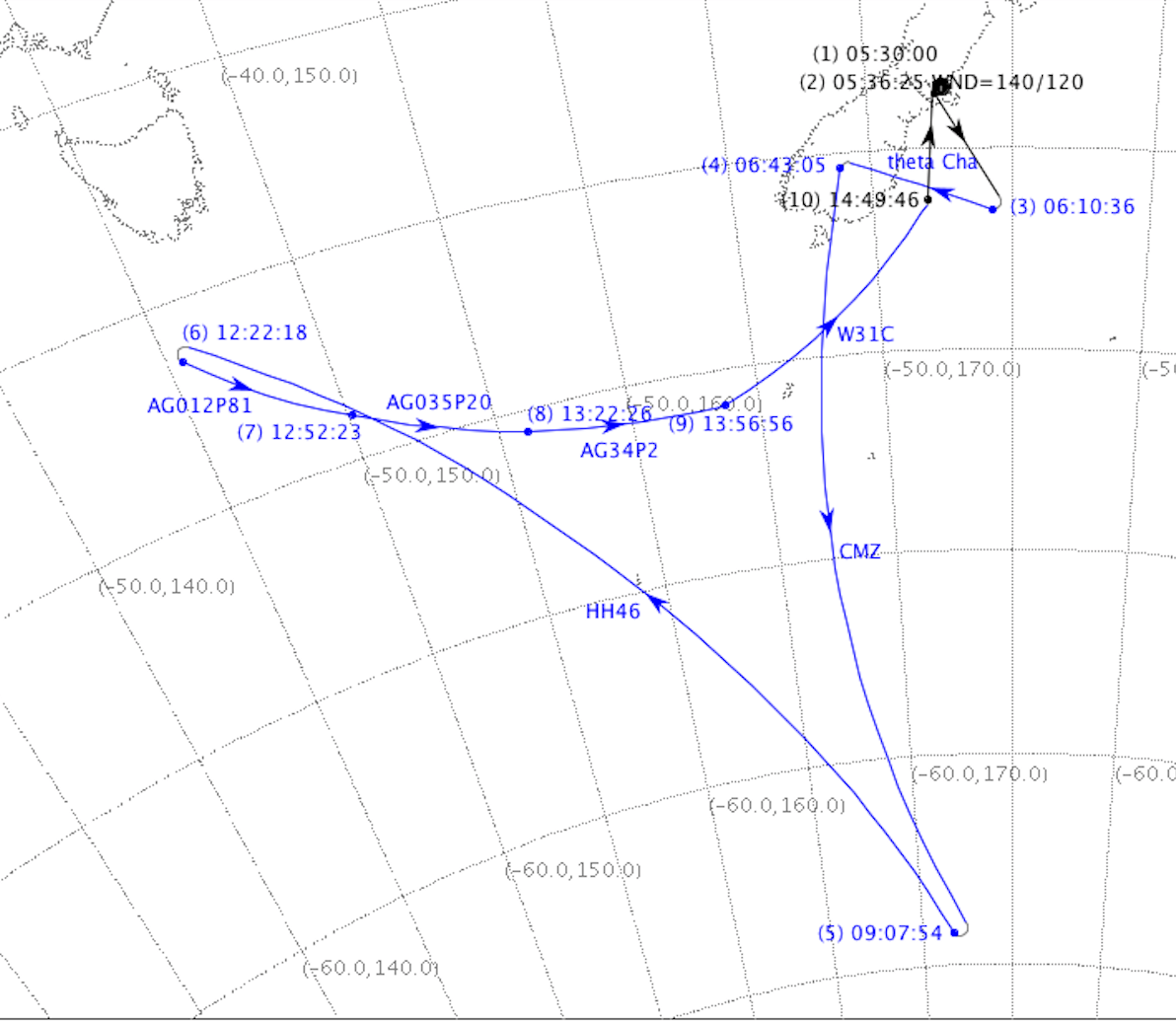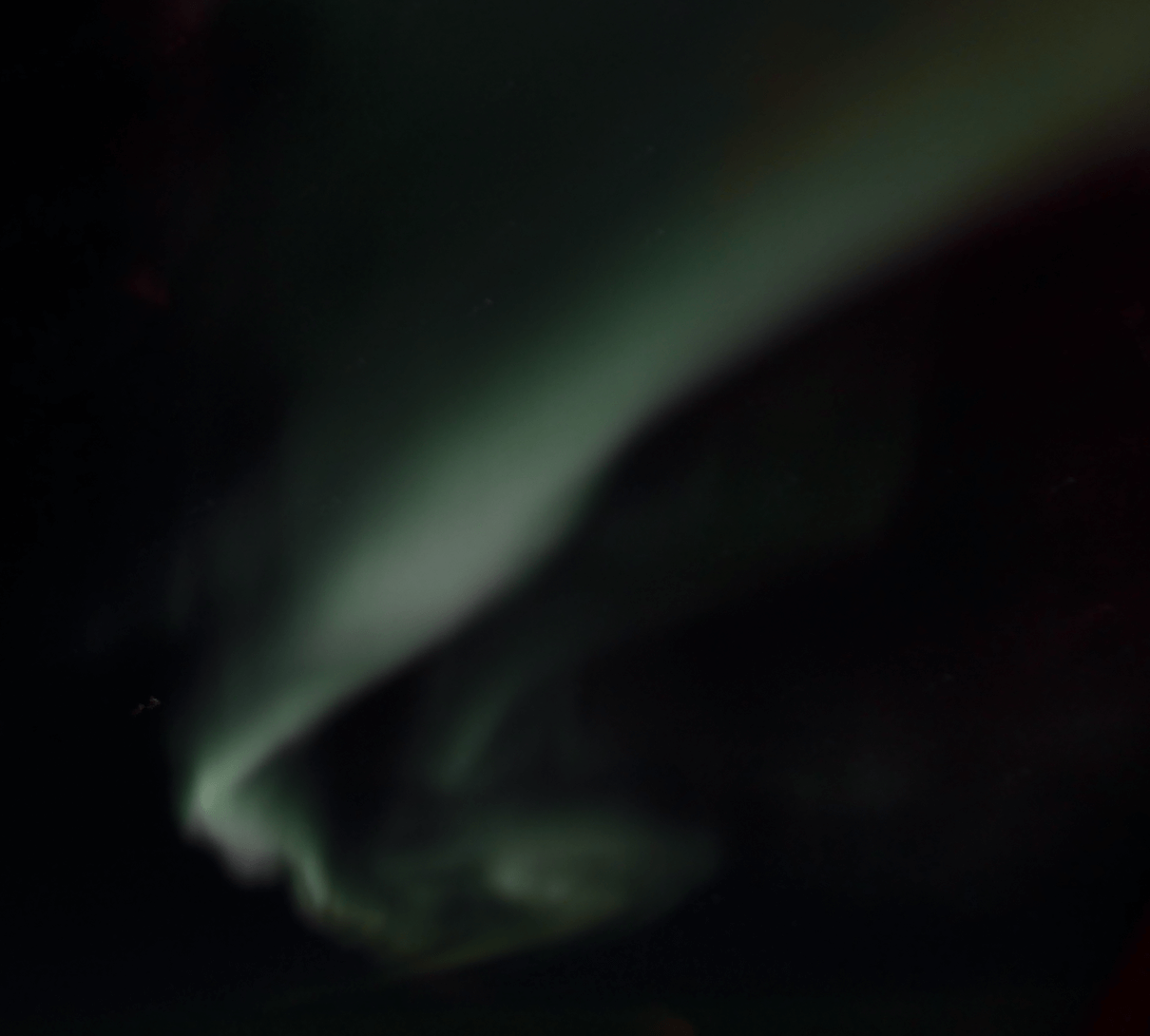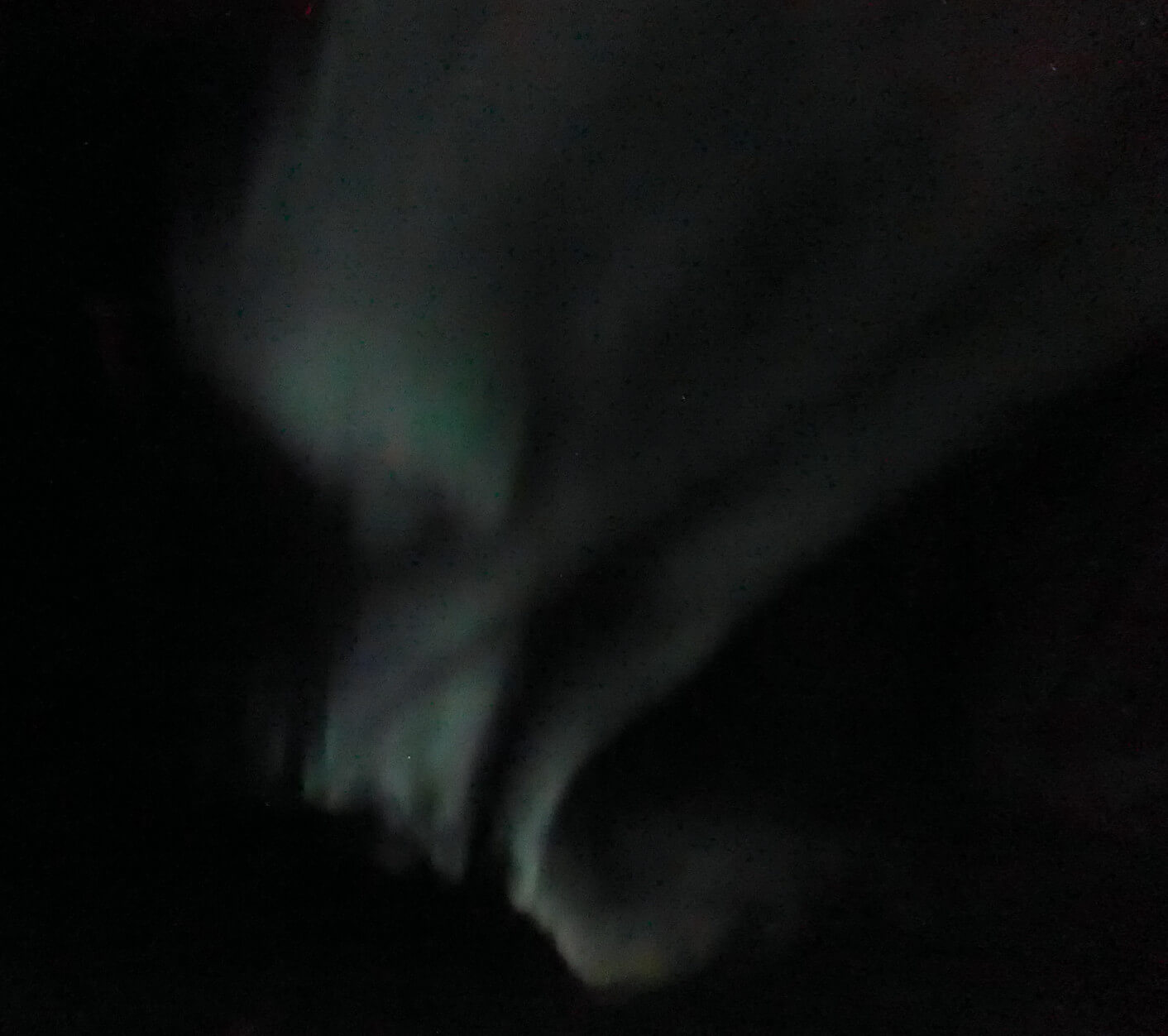Monday June 26, 2017
So what’s up tonight for the flying Observatory? Shocks, jets, and all things molecular gas. We’re looking at the Central Molecular Zone (region around the center of our Milky Way Galaxy), young protostars, massive young stellar objects, and using background star forming regions as lightposts to look at the “stuff between the stars,” aka the Diffuse Interstellar Medium. Goran, the Instrument Scientist for the spectrometer aboard SOFIA tonight, in his science brief before we boarded ,described it more eloquently as measuring the properties of many “translucent clouds.” (SPOILER: I never thought I would be seeing “translucent clouds” a bit closer to home.)
As with any SOFIA flight, there is a timeline of preparation activities that is followed to ready the plane for science. Aircraft items like refueling and coordination of power transfers need to be scheduled. The crew meets to go over departure and arrival options. The mission team gets together for an overview of the flight and any one flying has to be present for head count.

Soon you find its time to board and the clock is ticking. I found myself fortunate to be in the cockpit again, this time for departure, and pilots Paul & Dean with flight engineer Moose (Marty) certainly were being kept busy with air traffic control. For SOFIA, taking off within a narrow time window is crucial for the flight’s success in terms of the science observations. If there are delays with takeoff, the mission directors need to direct the pilots to intercept the science timelines later and that typically means less science. Not something to make into a habit. At the same time if the plane taxied too early they could find themselves in a queue of planes and then find themselves late in the actual takeoff. It was a fine temporal balance and Paul & Dean handled it smoothly.
The flight plan takes us very south, in fact, in the flight we reached 64.534 deg. S. Latitude.

And this delighted us to a show of the southern lights!




At the end of the 10+ hour flight, the science team disembarked with high quality data at their wavelengths of science need thanks to the very low water vapor at 43,000 feet. New insights into the role of atomic gas in extreme conditions, like at our galactic center, in jets and outflows of protostars and in the regions of massive young stellar objects.
